Scrapping of smart motorways would leave multi-billion roads contracts black hole
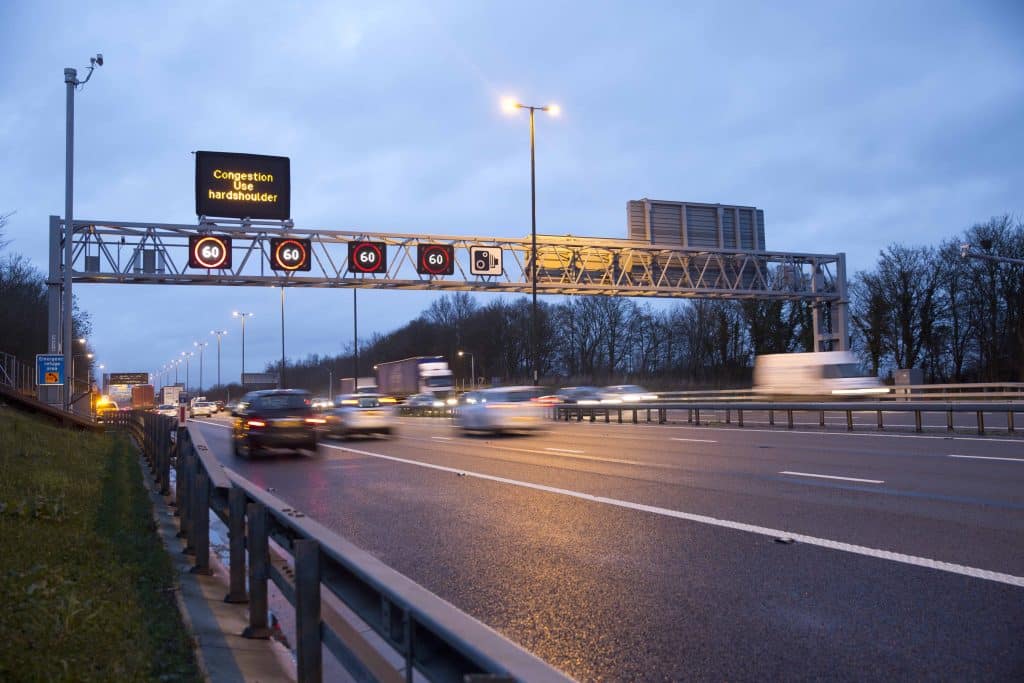
This post was originally published on this site

The government’s decision to scrap construction of all new smart motorways could leave a multi-billion pound black hole in contracts for roads.
The i reported last week that the government has decided to shelve the smart motorways programme for the foreseeable future due to cost and safety concerns. The news emerged in the wake of Chesterfield coroner’s court concluding that the deaths of Derek Jacobs and Charles Scripps on the M1 all lane running (ALR) smart motorway in March 2019 would not have happened if there had been a hard shoulder.
The Department for Transport has yet to confirm the decision; prime minister Rish Sunak pledged to scrap smart motorways during the Conservative leadership race last year, and is expected to have the final say on the decision.
Supporters of the use of smart motorways have said that such a move “was not evidence based”. Contractors have also voiced concerns over the impact on project pipelines if the axe does go ahead.
Nonetheless, there was already uncertainty about the future of the projects. Following the findings of the Transport Select Committee’s inquiry into smart motorways, National Highways agreed in January 2022 that the programme would be paused for five years to collect safety data from the already running ALR motorways, but that any smart motorways projects that were underway would be completed.
In the 15 months since, smart motorway upgrades on the M1, M27, M4, M56 and M6 have all completed, while the M6 junctions 21a to 26 upgrade is nearing completion with gantries being installed this month. Conversion of the M1 junctions 10 to 13 from a dynamic hard shoulder (DHS) to an ALR motorway has also completed.
However, four more motorway upgrades that had been expected to commence after the conclusion of the review period will now not go forward, leaving contractors in the lurch. Balfour Beatty had been awarded the £139M upgrade of M3 junctions 9 to 14 and a Bam Morgan Sindall JV was awarded the M40/M42 interchange upgrade, worth £133M to £312M. The £282.2M to £392.3M M62 upgrade and £200M to £400M M25 upgrade will also be cancelled, though contractors had not yet been announced for these works.
| Scheme name | Cost |
| M3 Junctions 9-14 | £139M |
| M40/M42 interchange | £133M to 312M |
| M62 Junctions 20-25 | £283.2M to £392.3M |
| M25 Junctions 10-16 | £200M to £400M |
| Total | £755.2M to £1.24bn |
The total value of the smart motorways programme still to be implemented is said to be worth £3bn.
National Highways has not revealed the cost of its DHS conversions or whether they will also be cancelled. Three such conversions have commenced since February 2022 on the M4, M6 and M62.
| Scheme name | Start |
| M6 Junctions 4 to 10a DHS conversion | March 2022 |
| M62 Junctions 25-30 DHS conversion | April 2022 |
| M4/M5 junctions DHS conversion | February 2023 |
| M42 junctions 3a-7 DHS conversion | TBC |
National Highways annual smart motorways stocktake for 2022 showed that fatality rate is lower than traditional motorways on all three types of smart motorways – ALR, DHS and controlled. The roads operator has said that they are the UK’s “safest roads” and remains committed to improving their operation with new technology. It has not yet reached its target for stopped vehicle detection response time, but set a target date of July this year to meet it.
Responding to the report that the programme is to be scrapped, a senior figure in the smart motorways programme told NCE: “If the report is true, it would be policy decision that is not based on the evidence, because all forms of smart motorway have better safety performance than conventional motorway – though understandably many people instinctively believe the opposite is the case.
“If future smart motorway projects were to be cancelled, that would be likely to mean more lives lost, not fewer. It would also mean no capacity improvement because no additional lanes would be available and conventional widening is likely to be unaffordable.”
Despite continued assurances of their safety, drivers and industry have remained sceptical about smart motorways. An outage of the safety system for a period of two hours in February this year was labelled “deeply concerning” by roads bodies.
Reacting to the cancellation of the scheme, RAC head of roads policy Nicholas Lyes said: “If ministers are giving serious consideration to completely scrapping new ALR smart motorways, then this is an admission that the government no longer has faith in these types of roads, a conclusion that most drivers came to a long time ago.
“The next big question is: what happens to the hundreds of miles of motorway without a hard shoulder? It’s clear from RAC research that drivers want the hard shoulder back, so it may be the case that solid white lines have to be painted to all the inside lanes of these motorways.
“While overall capacity would be dramatically reduced, we would still have the benefit of all the installed technology, such as variable speed limits which help to manage traffic flow more efficiently.
“As increasing motorway capacity was the reason smart motorways were introduced, there would still be the option of opening the hard shoulder to vehicles at peak times. We know from our research that this is something 70% of drivers are in favour of as it provides a place of relative refuge for the majority of the day. What’s more, the safety record of these dynamic hard shoulder motorways is very good.”
Similarly, The AA head of roads policy Jack Cousens said: “The AA has long called for so called ‘smart’ motorways to be scrapped and are hopeful that we will soon see the reinstatement of the hard shoulder.”
Patrick Parsons associate transport planner James Bailey said: “Of course, it’s bad news for the contractors who had been appointed to install the remaining proposed sections of smart motorways.
“However, if the smart motorway setup is potentially causing deaths, then they should be halted for a proper review. Unfortunately, anybody who does stop is a sitting duck for following traffic. Whilst more frequent lay-bys have been installed, they are, in most cases, too far apart and have only been introduced on a trial-and-error basis. Of course, if you break down whilst going uphill, you cannot simply ‘roll-on’ into the nearest lay-by. Until we can effectively deal with identifying stationary vehicles immediately and show a red X to following vehicles, they are always going to be unsafe.
“However, the biggest issue seems to be with those vehicles immediately following the broken-down vehicle. They simply cannot be given sufficient warning.
“In terms of the overall justification for installing smart motorways in the first place, whilst adding an extra lane to the motorway may ease congestion in the short term, this soon increases within a couple of years. As studies have shown in the past with new road building projects; build the roads and people will come! It has been shown that, in the medium to long-term, building new roads or adding additional lanes does not solve the problem. They soon become clogged up again. In my view, there needs to be better investment in realistic alternatives, such as the railways for long distance travel and buses and active travel schemes for shorter journeys.”
Speaking about the findings of the inquest into the M1 smart motorway deaths at Chesterfield Coroner’s Court, National Highways chief executive Nick Harris said: “Our deepest sympathies remain with the families of Derek Jacobs and Charles Scripps and all those affected by this tragic incident.
“It is vitally important to learn lessons from every road traffic collision and we will continue to build on the work and safety improvements already under way, taking all the necessary steps to help drivers and passengers feel and be safe.”
A spokesperson for the Department for Transport said: “Safety on our roads remains an absolute priority and we want all drivers to feel safe and confident while driving. We have paused the rollout of smart motorways that are yet to begin construction and we will update on next steps in due course.
“During the pause, we have committed £900M for safety improvements across the network, including building more emergency areas.”
The AA solution:
- Commit to revert the inside lane on All Lane Running Schemes (ALR) back to a permanent hard-should. This would involve painting solid white lines and reinforcing with a permanent Red X.
- Maintain current Emergency Areas alongside the new hard-shoulder as vehicles in the EA would be further protected from moving traffic.
- Enforce lane discipline so that capacity is not lost. From AA polling of 18,000 drivers we found two fifths of drivers (38%) say they don’t drive in lane one of a ‘smart’ motorway and the vast majority don’t for fear of coming across a broken down vehicle. We also know poor lane discipline reduces capacity on other lanes. Hence on a four lane ALR motorway removing lane one potentially cuts capacity by 25% but we believe improving lane discipline and reducing Red X lane closures by utilising the hard-shoulder should mean overall capacity is not compromised.
Like what you’ve read? To receive New Civil Engineer’s daily and weekly newsletters click here.

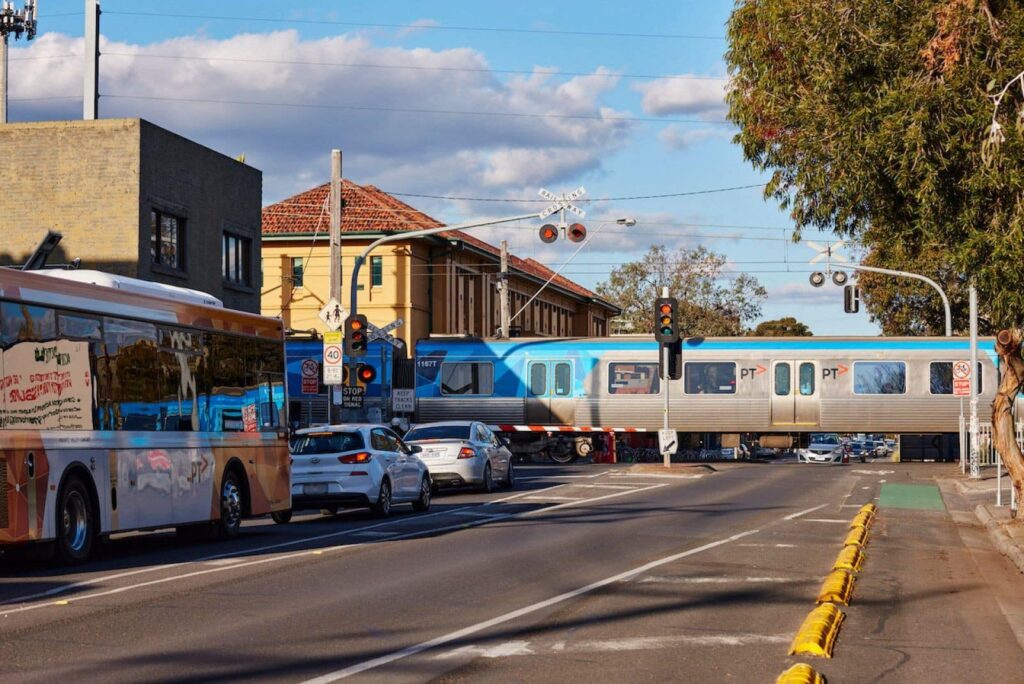
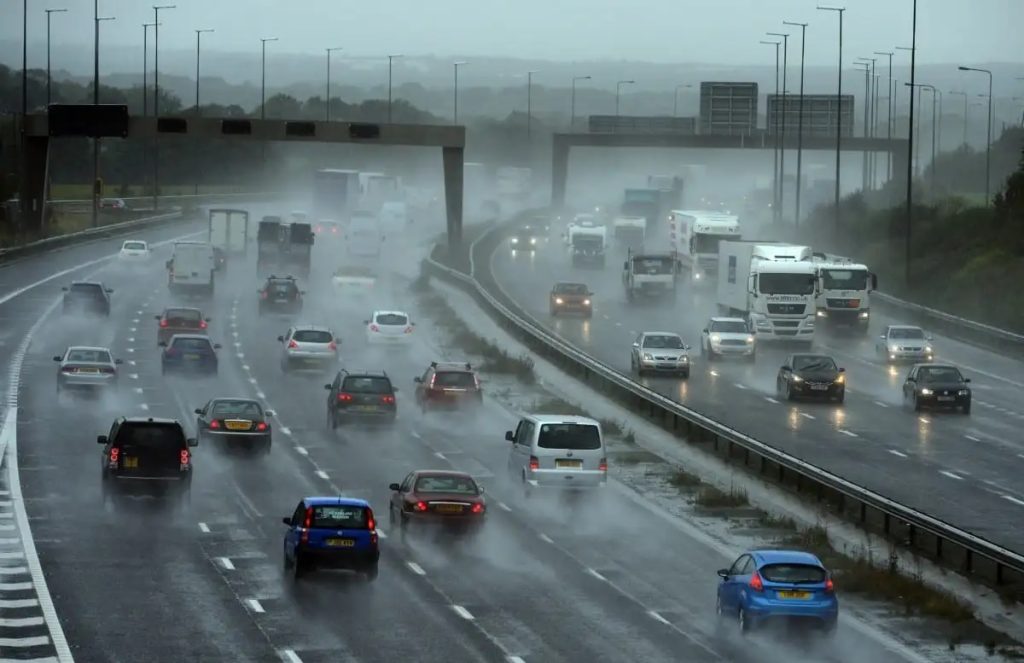
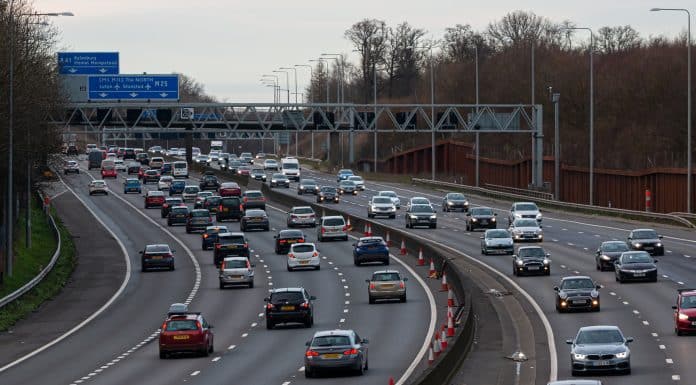
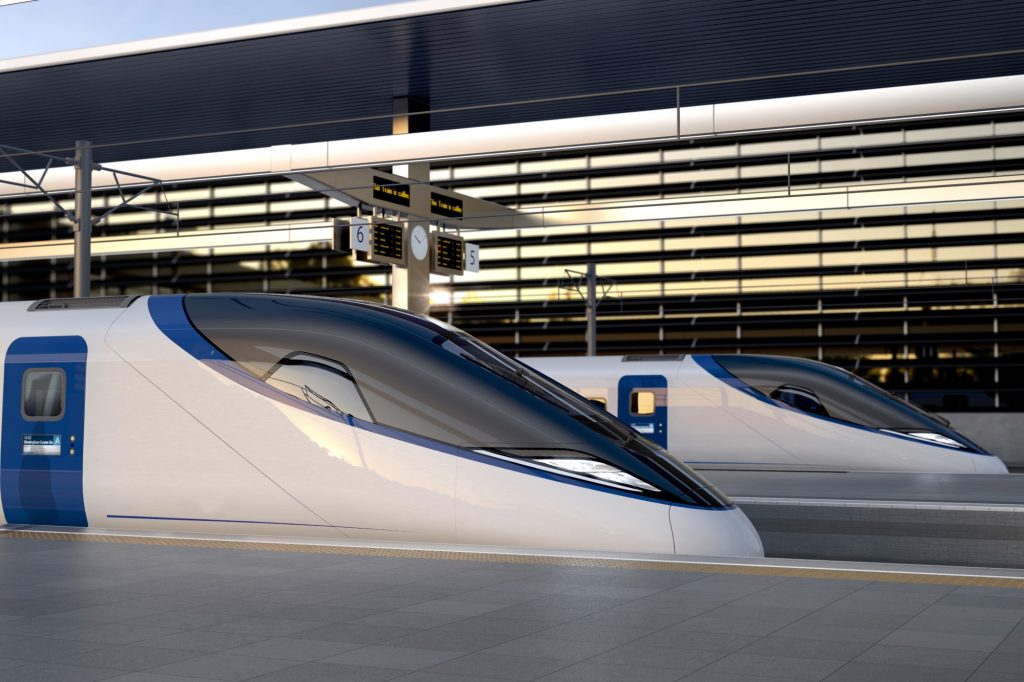
Responses